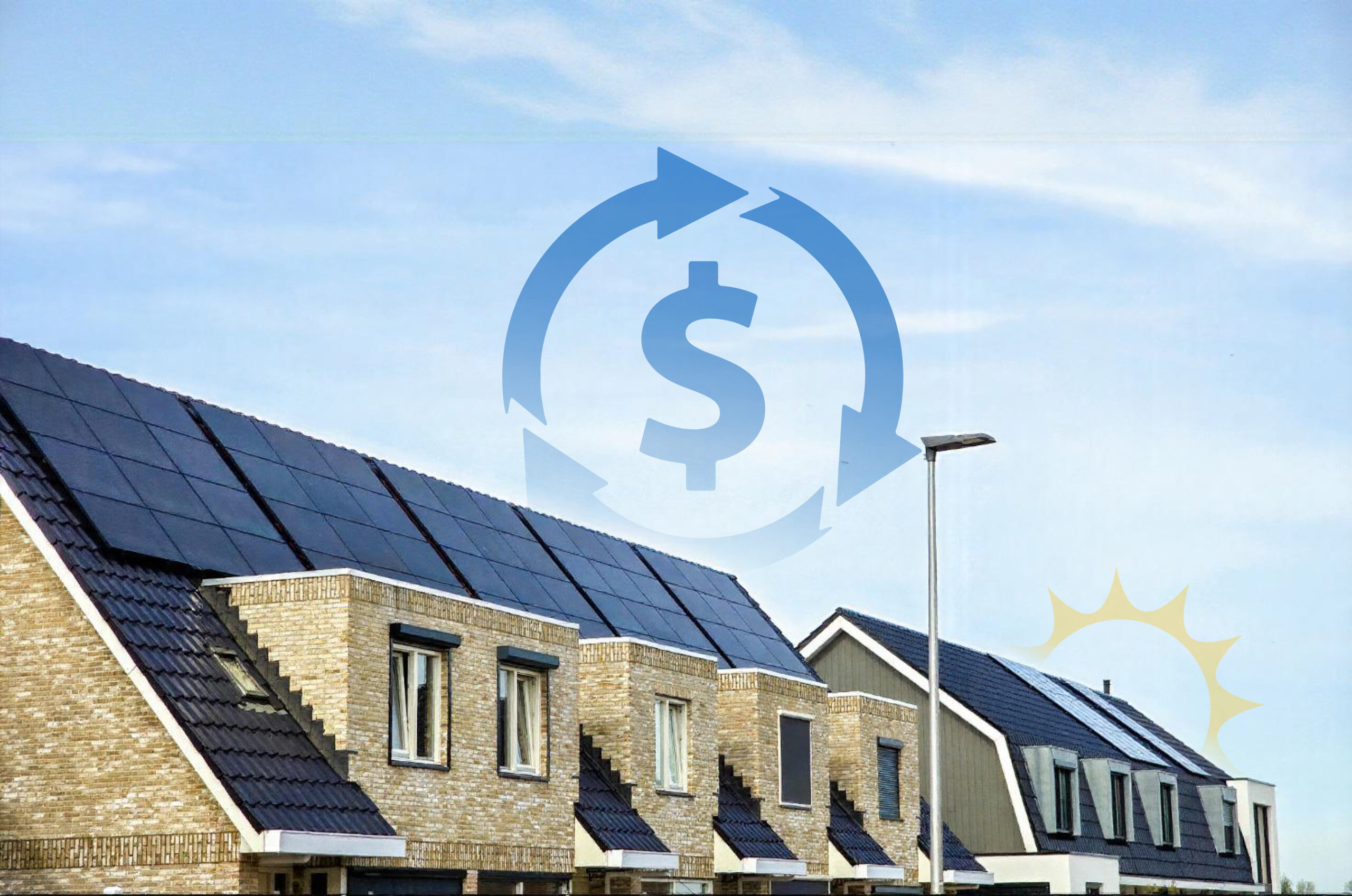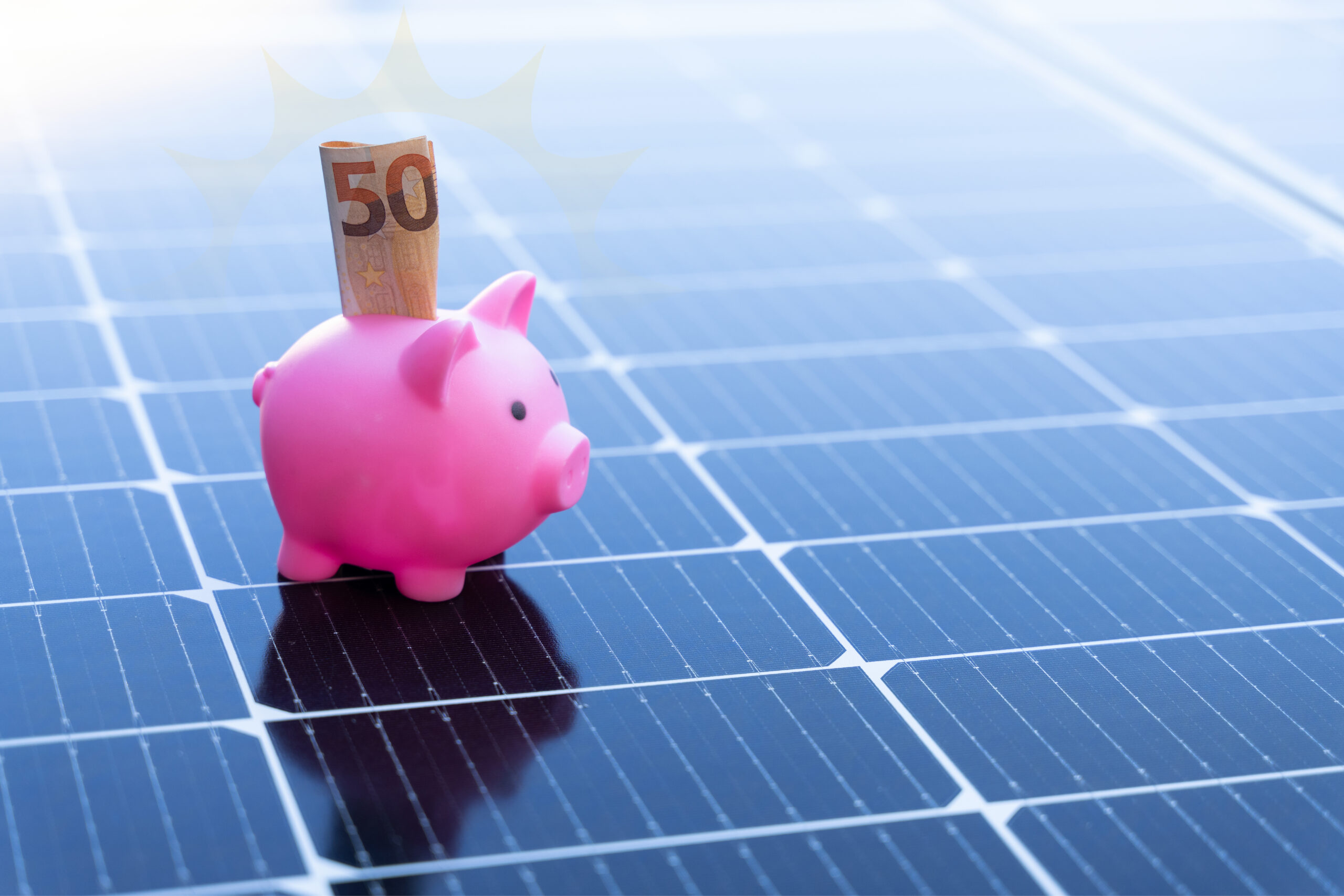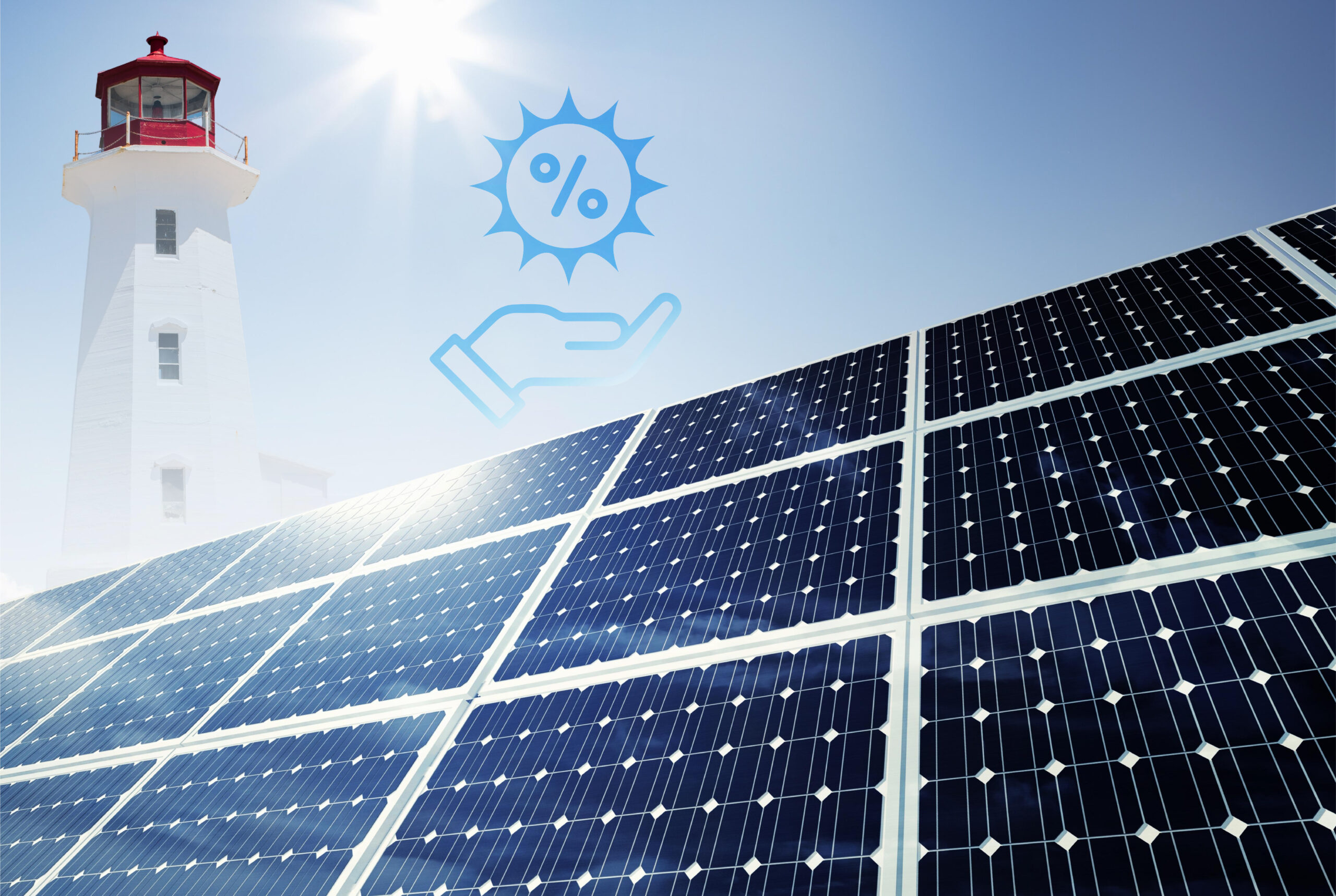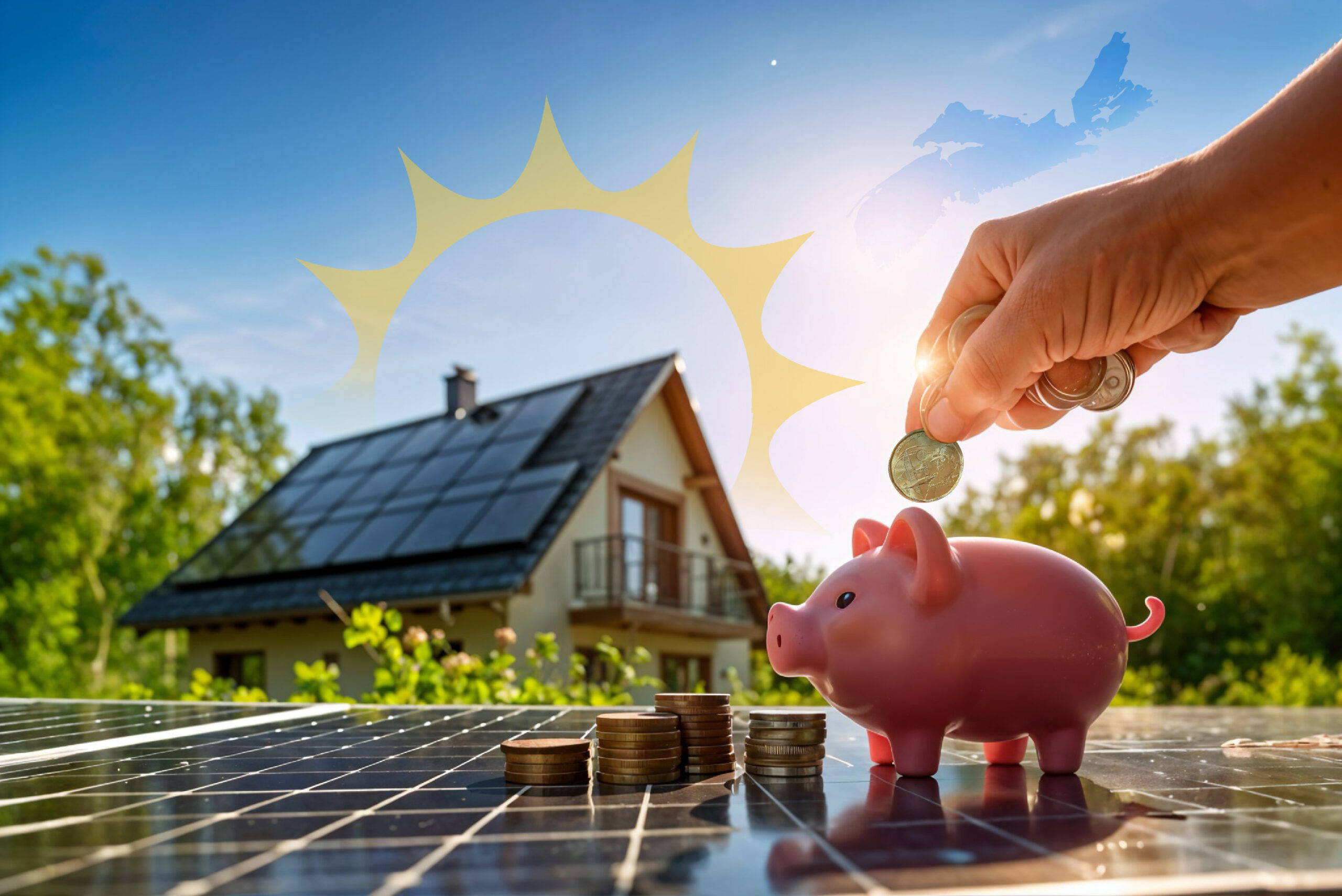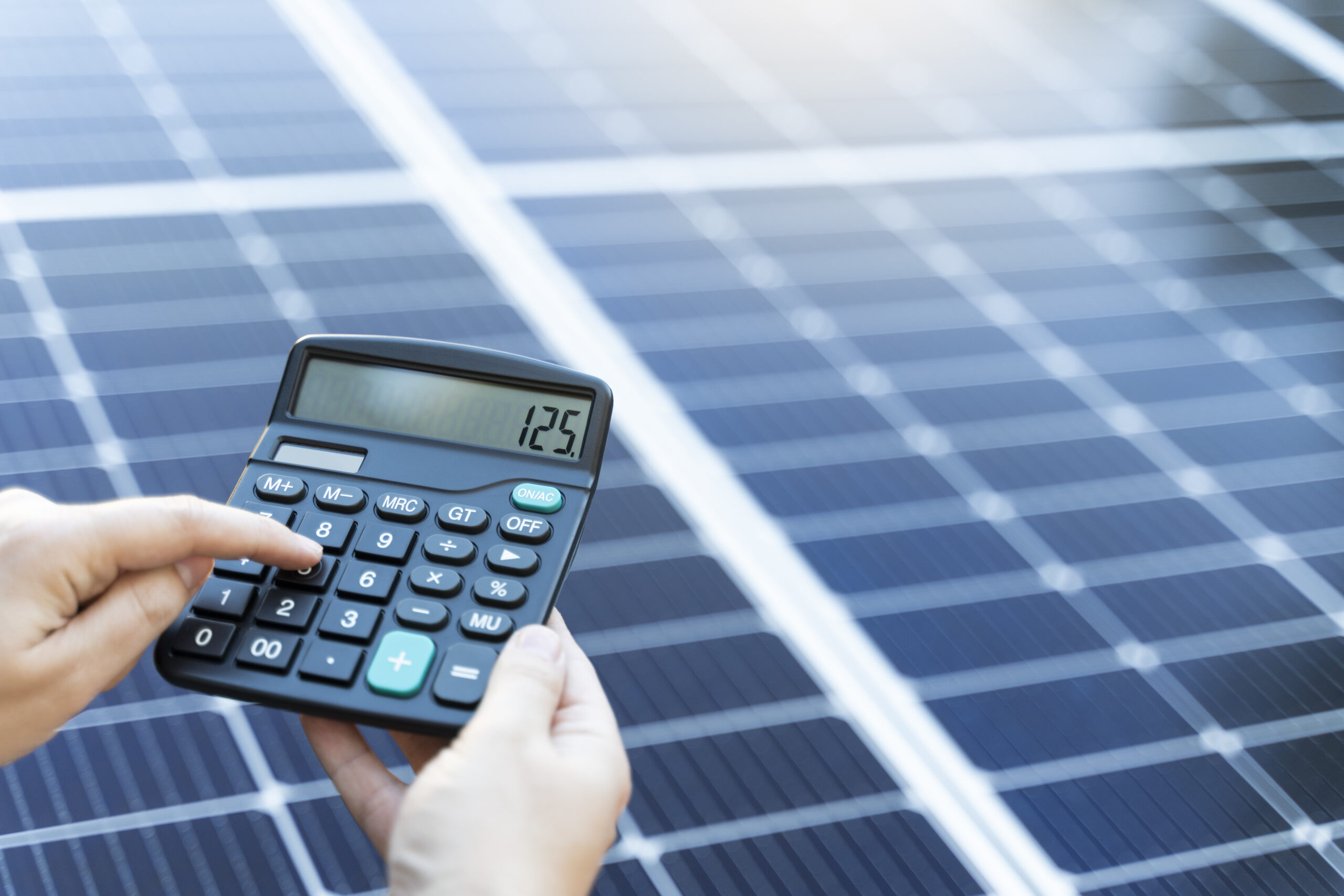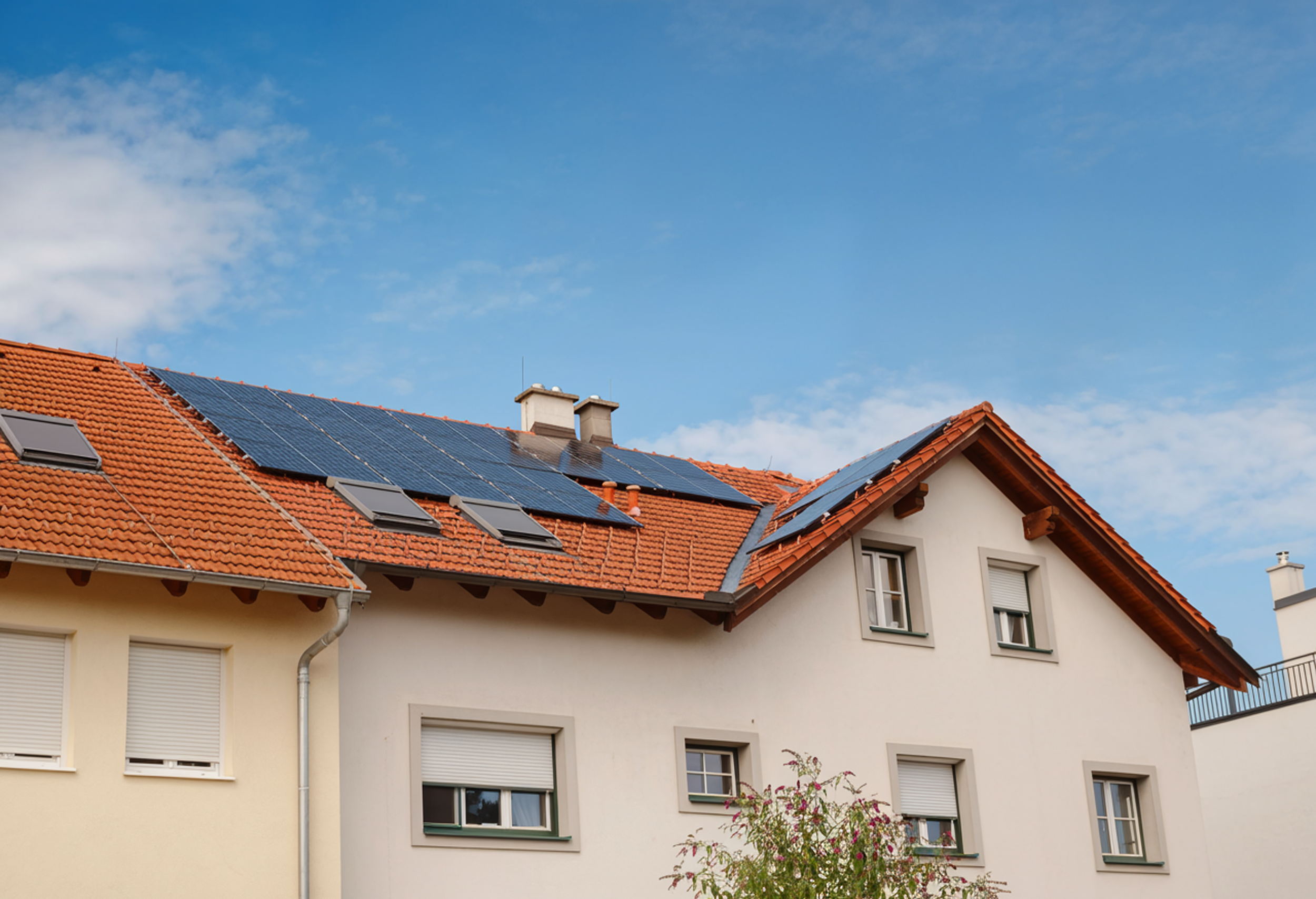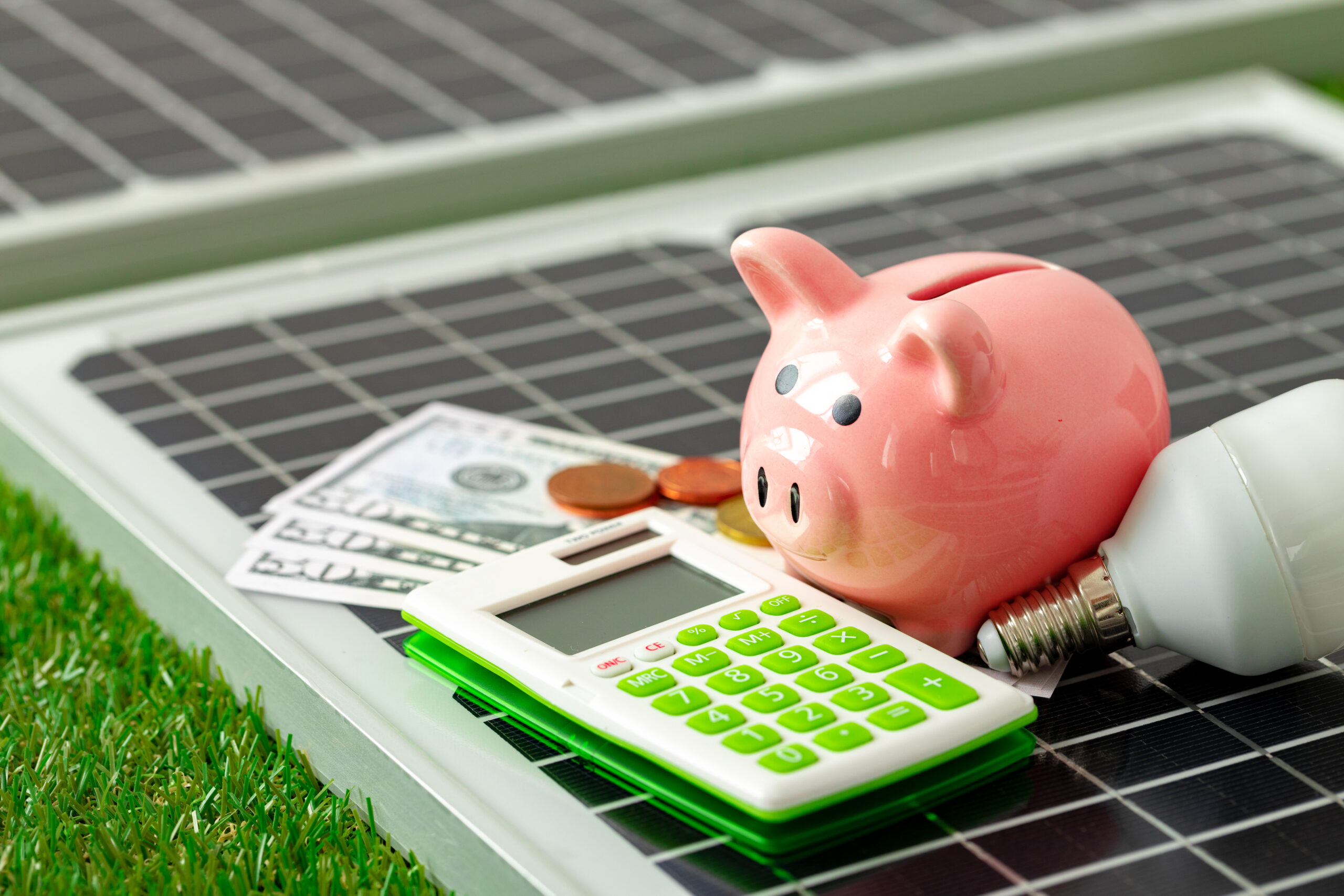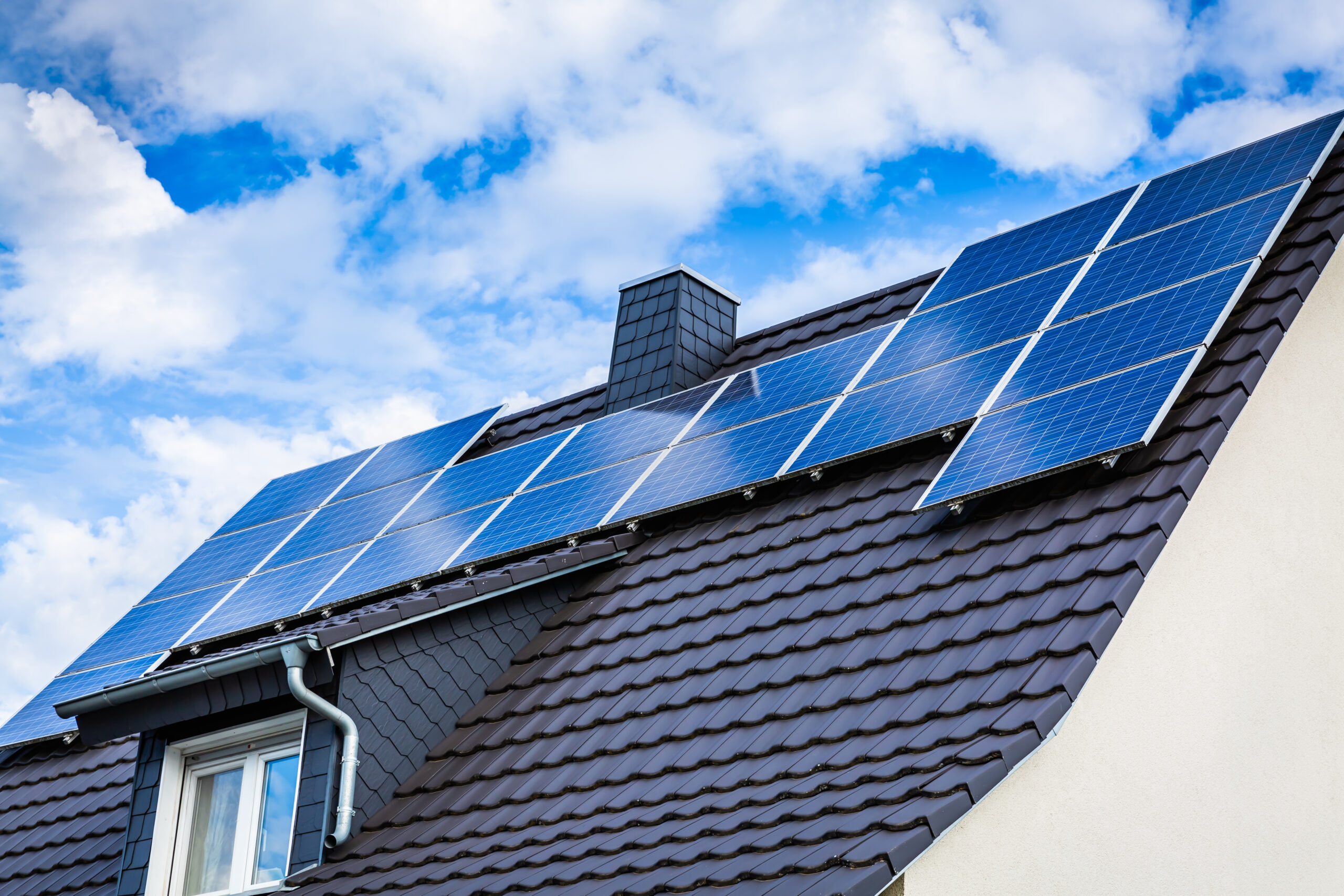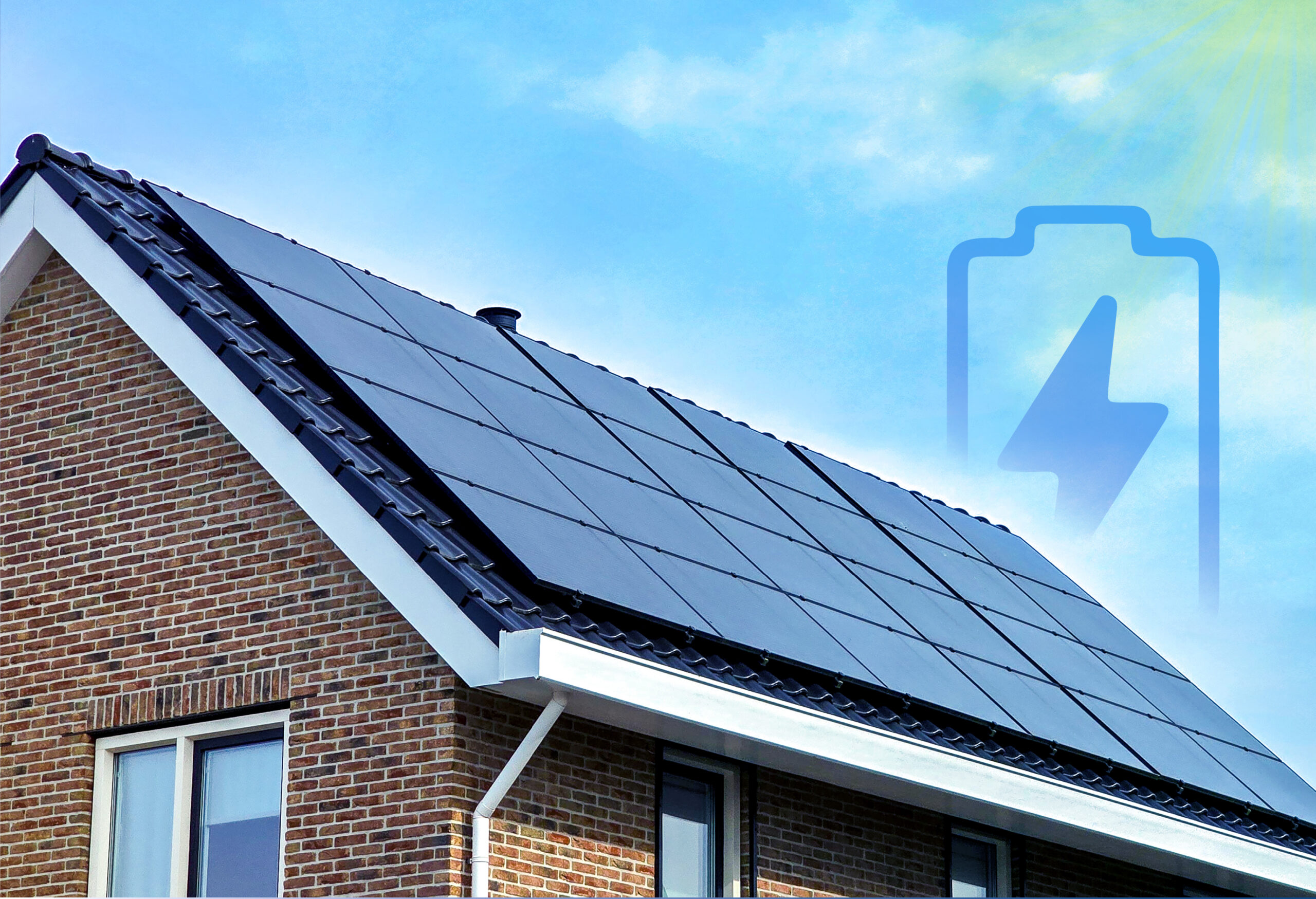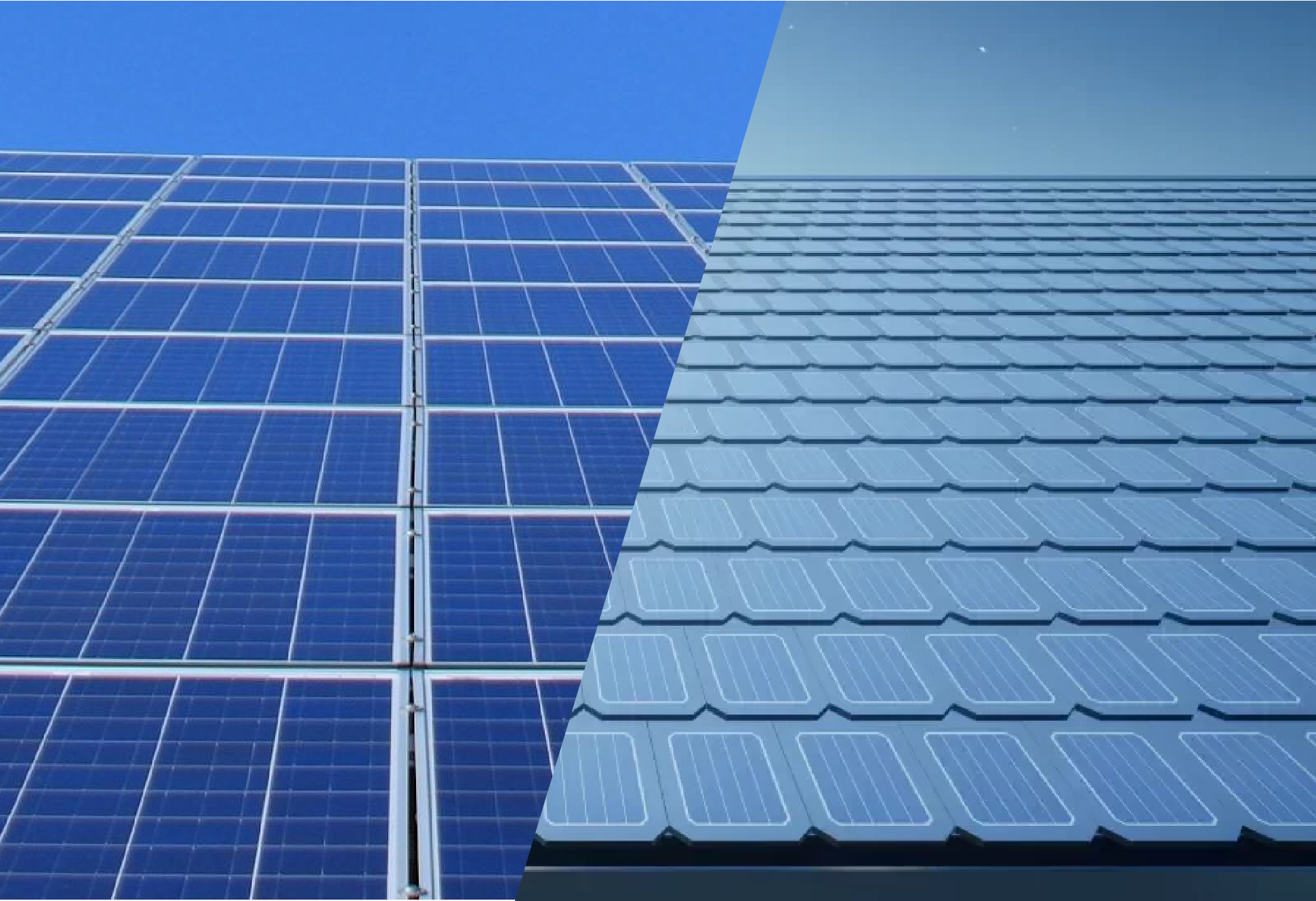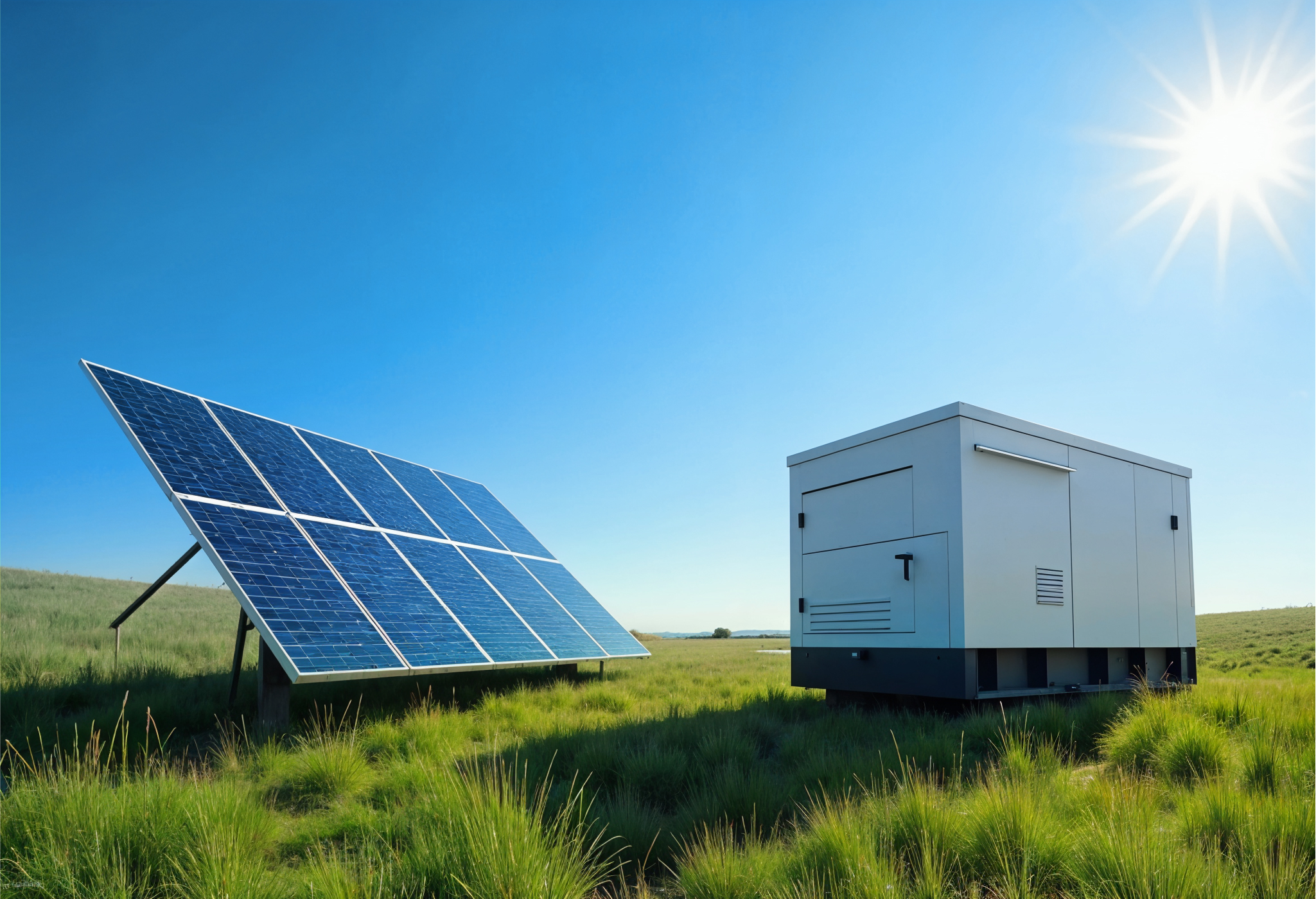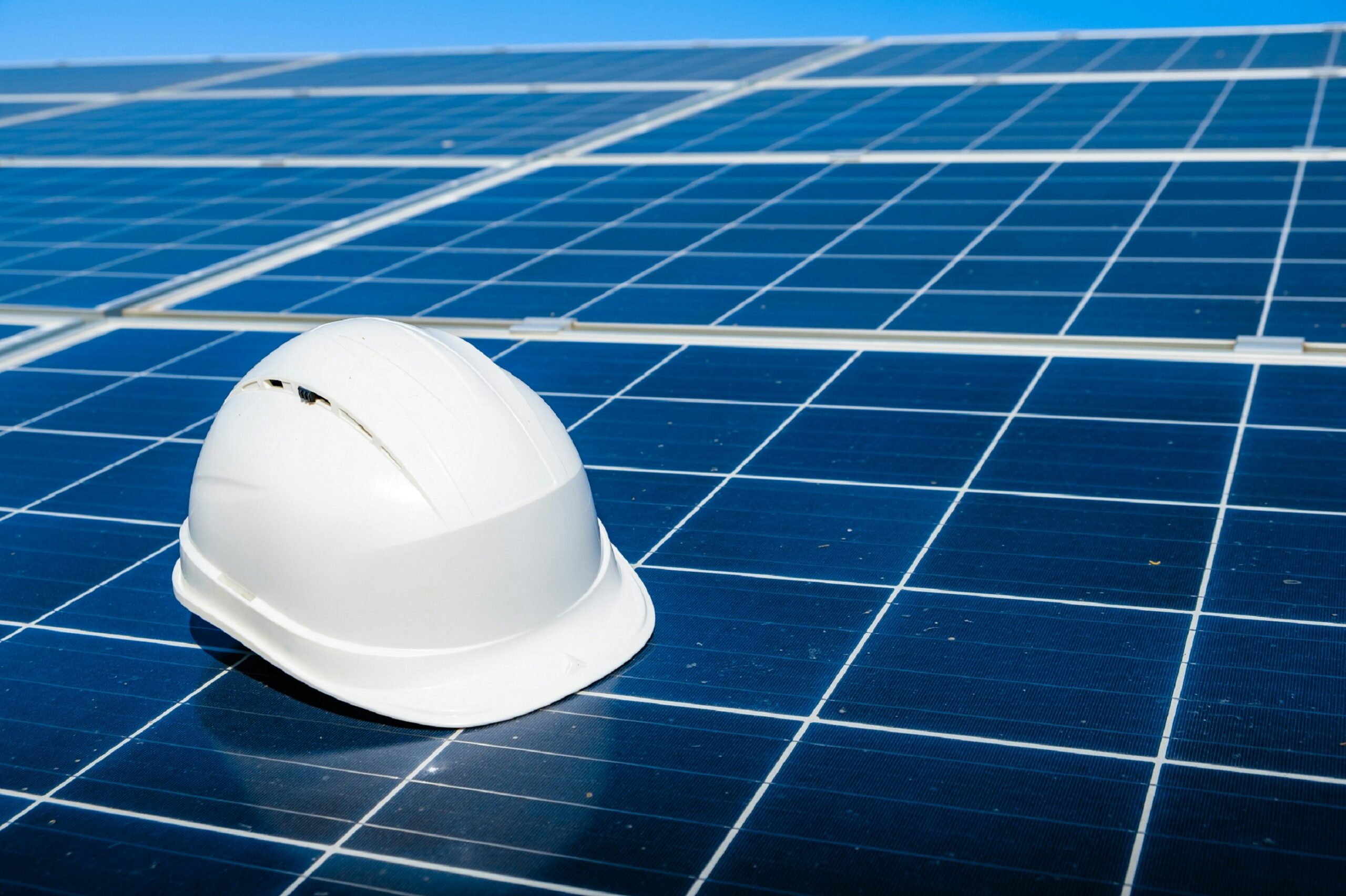Author: Mariela Guanchez
When you think about solar, you might picture glinting panels on your roof or an image of “saving the planet.” But let’s get practical: a well-chosen solar array can also be a killer investment, yielding strong returns while offsetting utility costs. If you’re in Nova Scotia, you’re in luck—local policies and resources can supercharge your solar gains. Let’s talk about maximizing ROI with solar panels so you see results that make both your eco-heart and your wallet sing.
Embracing Net Metering for Maximum Value
Nova Scotia’s net metering system is the unsung hero of your ROI story. On bright days, your panels might generate more power than you use. That surplus goes to the grid, and you earn a 1:1 credit. During nights or cloudy spells, you pull from those credits, effectively slashing your utility bill. This means every kilowatt-hour you produce has real monetary value. Over a year, you can offset a substantial portion—sometimes nearly all—of your usage, especially if your system is sized just right.
Tapping Provincial Rebates
If you’re new to solar, let’s talk about the elephant in the room: cost. A typical system might range from $15,000 to $30,000 or more, depending on size. But Nova Scotia’s SolarHomes program can carve up to $3,000 off that total. Couple it with the federal 0% interest loan, and your monthly payment might parallel your old power bill. So from day one, you’re not seeing extra out-of-pocket; you’re effectively redirecting what you used to pay for electricity into a loan that yields a physical asset on your roof. That’s Solar ROI Nova Scotia magic.
Right Sizing for ROI
One common mistake is oversizing “just in case.” While going bigger might offset more usage, it can also inflate your initial cost. If your daily usage doesn’t merit that capacity, your payback time might drag out. On the flip side, going too small means you still have a decent electric bill. The sweet spot is a system that covers 80–100% of your annual consumption, factoring in net metering. An installer can analyze your usage pattern to propose an optimal size, ensuring your payback period is as short as possible.
Real-World Example: A Halifax Couple
This couple used around 9,000 kWh/year. They installed a 7 kW system for about $25,000. After a $3,000 rebate, they financed $22,000 at 0% interest. Monthly loan cost is around $180, close to their old $150–$160 bill. Net effect: from month one, they pay a bit more, but only about $20–$30 extra monthly. By year 8 or 9, the loan is paid, and they anticipate near-zero electric bills for the next 15+ years. The result? Tens of thousands saved long term.
Efficiency First
You can magnify your ROI by trimming your consumption. Maybe install LED bulbs, seal drafts, or consider a heat pump for heating/cooling. The less power you need, the more your solar array covers that usage. Over time, that synergy can boost your net metering surplus and reduce the payback timeline. Some homeowners do an energy audit first, ensuring they’re not “building a bigger solar system than necessary.”
Maintenance: The Key to Sustained Gains
Solar is fairly low maintenance—just be mindful of snow in winter, or leaves in autumn. If you let thick snow linger for weeks, you lose production, prolonging your payback. Regularly glance at your system’s monitoring data to ensure everything runs smoothly. If a panel or inverter glitch arises, addressing it quickly means you’re not missing out on potential credits.
Calculating Payback & Beyond
The standard payback range in Nova Scotia is often 7–12 years, influenced by system size, electricity usage, and how well you leverage net metering. But once you cross that threshold, it’s mostly free power. Considering panels often last 25–30 years, that’s a decade or more of near-zero bills. Think about where electricity rates might be by then—yeah, you’re dodging those hikes gracefully.
Business ROI: Commercial Gains
For businesses in Nova Scotia, a rooftop or ground-mounted system can offset operational costs significantly. If you run a small warehouse, for example, you might see a break-even in 5–8 years. From year 9 onward, it’s essentially a financial windfall monthly. Add the green marketing angle—customers love eco-conscious brands—and you can see how solar becomes a strategic investment, not just a cost.
Atlantic Solar’s Role
A crucial piece of hitting that prime ROI is the right installer. Atlantic Solar ensures you pick the correct size, apply for all rebates, and optimize net metering connections. We also help you navigate financing so you’re not squeezed monthly. The less friction in your setup, the faster your returns.
Conclusion
Maximizing ROI with solar panels in Nova Scotia isn’t just about throwing panels on your roof. It’s a careful dance of net metering, provincial rebates, correct system sizing, and minimal fuss maintenance. Master that synergy, and you’ll watch your payback arrive sooner than you expected—months or years ahead of schedule. Then, for the remainder of your system’s long life, it’s mostly profit in the form of drastically reduced or eliminated electric bills. So if you’re on the fence, consider how your future self might thank you. With the right approach, going solar is as much a sound financial choice as it is an environmental one.

